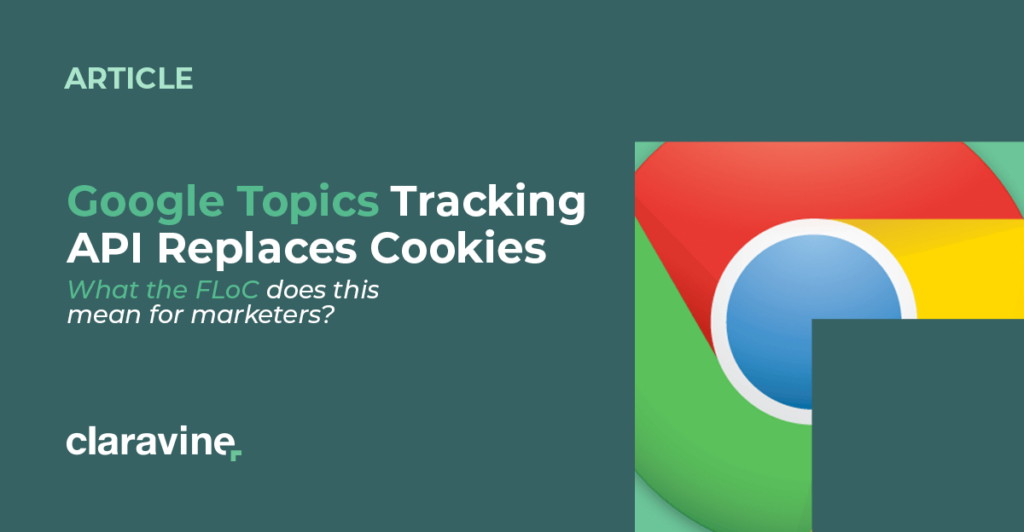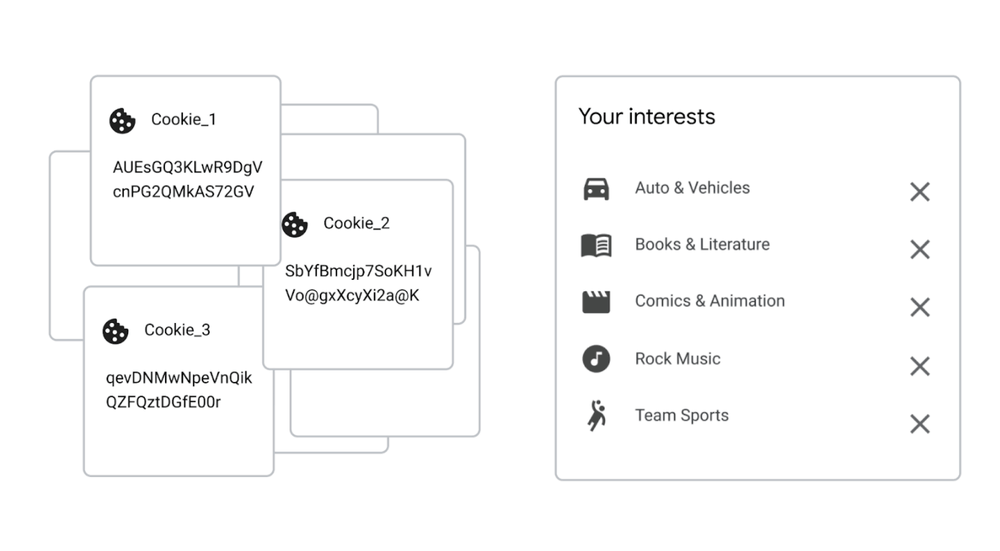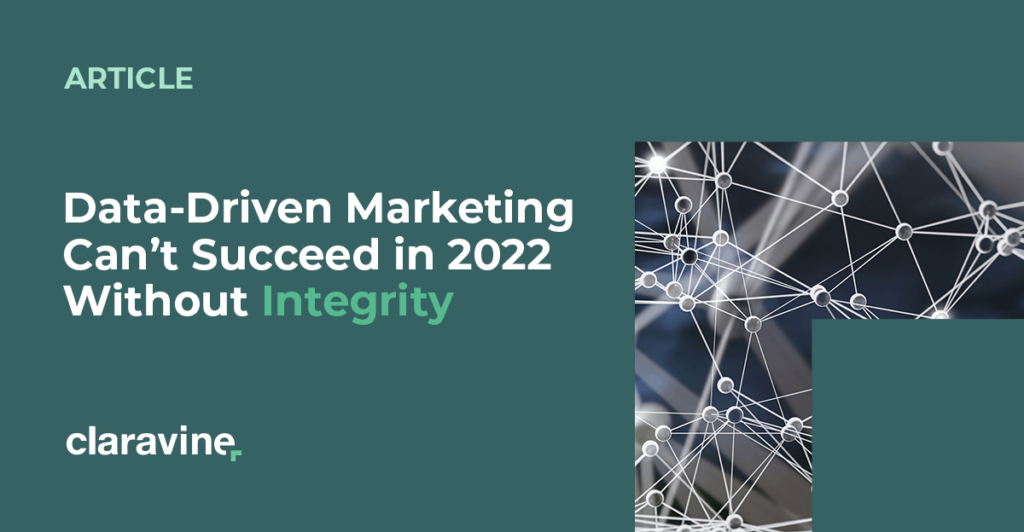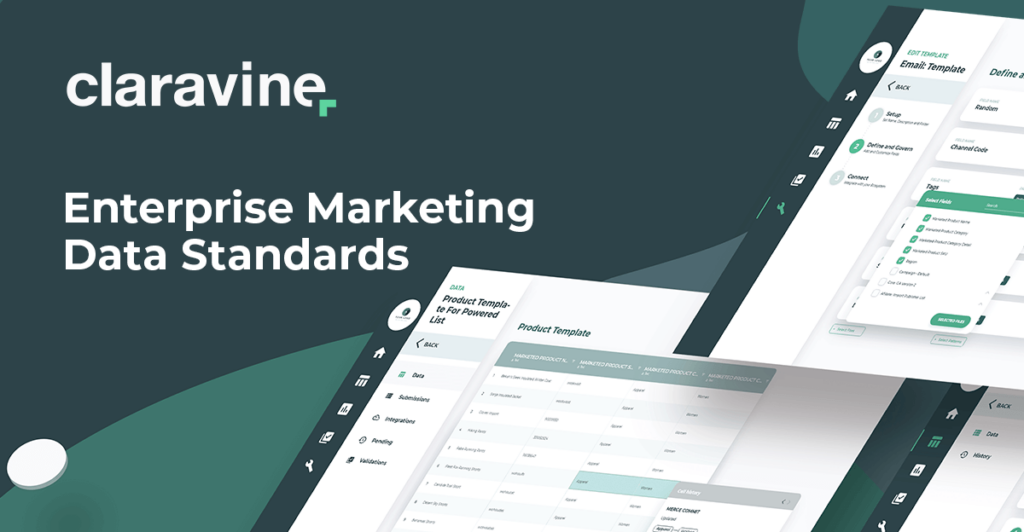Google Topics: What the FLoC?

Welp, that was quick: FLoC is out and Topics are in at Google as the replacement for third-party cookies.
R.I.P Federated Learning of Cohorts, we didn’t even really know you.

What is Google Topics?
Product Director, Privacy Vinay Goel tells us Topics is, “a new Privacy Sandbox proposal for interest-based advertising,” that came to be after presumably negative “widespread community feedback from our earlier FLoC trials…”
Goel’s objective for Google’s users? Provide an alternative to users and advertisers that avoids what he calls “covert tracking techniques, like browser fingerprinting,” so that advertisers (and those who make money from them, like Google) can “continue serving relevant ads.”
Here’s how Google Topics works:
- Chrome browser looks at your history on a device-only level to assign three topics of interest (roughly 350 of them), such as “fitness” or “travel” — without external servers — based on the site’s content.
- Five of the most commonly triggered topics represent browser activity for the past week. Topics are deleted after three weeks.
- When you visit a website in Google’s network, it will provide that site with your top five topics, which they can use to target your ads. (There’s also a 5% chance a random topic is returned.)
- Google gives users access and power to see and delete topics — or disable the feature entirely, to remove the user from Google Topics tracking.

Think of the browser as the individual. Browsing behaviors are still collected, but instead of being shared in a more raw, detailed format, they instead aggregate to inform broader topic groups without unique identifiers.
How are these topics chosen?
Before deploying its AI/ML to make its own decision, Google’s looking to the Interactive Advertising Bureau’s (IAB) Content Taxonomy V2 for existing website topical categorizations (probably not that last one, though).
IAB Content Taxonomy Categories
- Arts & Entertainment
- Automotive
- Business
- Careers
- Education
- Family & Parenting
- Health & Fitness
- Food & Drink
- Hobbies & Interests
- Home & Garden
- Law, Government, & Politics
- News
- Personal Finance
- Society
- Science
- Pets
- Sports
- Style & Fashion
- Technology & Computing
- Travel
- Real Estate
- Shopping
- Religion & Spirituality
- Uncategorized
- Non-Standard Content
- Illegal Content
And from that, Google created its own list of about 350 topics nested within a dozen categories similar to the IAB’s.
Google Topics also takes some steps significant from both a cultural and technological perspective. Sensitive topics, such as gender or race, are excluded. We also learn from The New York Times that human curators will play a part in Google Topics.
Also leading marketers everywhere to scratch their heads: Google Topics will include only a few thousand cohorts (or maybe as little as a few hundred) compared to FLoC’s intended spread of hundreds of thousands. This is clearly targeted at FLoC flak regarding its abundance of categories: there were so many, it essentially became an only-slightly-less-invasive identifier.
 Fewer, larger groups with a limited number of topics will pose a challenge for smaller platforms versus bigger ones,” says Claravine Chief Product Officer Chris Comstock. “It will become a scale play to get more topics.”
Fewer, larger groups with a limited number of topics will pose a challenge for smaller platforms versus bigger ones,” says Claravine Chief Product Officer Chris Comstock. “It will become a scale play to get more topics.”
Paul Bannister, Chief Strategy Officer at Cafe Media, posits the advantage ad networks will have over single publishers. Third-party AdTech firms will have audience data from every site they work with, while publishers of individual sites would not.
Another really interesting thing is that Topics will only provide a Topic to a company that might have known that using 3PC. In short – an adtech firm that observed a user on https://t.co/VyzBZDJ6cV and https://t.co/OnDJNtXlfy would get categories on each respective site… 7/ pic.twitter.com/fkFiwWBz0s
— Paul Bannister (@pbannist) January 25, 2022
He also points out how a domain may be categorized as one topic broadly, yet a page or subdomain of another totally relevant site would not.
Another critical component is that Topics maps domains to these categories, not an actual page. So “https://t.co/VyzBZDrvln” will map cleanly to the Mopes & Scooters category, but https://t.co/nGoTrn4FHf (neither real URLs) will not. 5/ pic.twitter.com/C4r2d3iusj
— Paul Bannister (@pbannist) January 25, 2022
So big Ad Tech, with their hands on thousands of domains for which they serve ads, will get better targeting data than a single publisher, such as The New York Times, which is limited to topic data collected on its own domain. Because they can aggregate that data across domains and see a more complete picture to enable targeting, they’re a leg up on the competition.
Comstock also ponders, “this coming out as Google battles anti-trust lawsuits in the United States and the European Union — are they trying to ‘play nice’ as Big Government comes for them?”
 “It’s hard not to see this as a reaction to a company overstepping,” agrees Chief Architect Tyler Russell.
“It’s hard not to see this as a reaction to a company overstepping,” agrees Chief Architect Tyler Russell.
“Plenty of companies, even beyond MarTech, are seeing negative reactions to their tracking practices. They’ll have to make a change.”
I downloaded all the data Amazon has on me, and honestly the creepiest thing about it is that they sent me the *actual audio files* of every time I spoke* to Amazon Alexa
*years ago when I was young and foolish about surveillance pic.twitter.com/XH4Lp4bDob
— Alina Utrata (@AlinaUtrata) January 23, 2022
 However, E.J. Freni, Claravine’s Chief Revenue Officer and a veteran of the digital media buying world, sees this all as a bit cyclical.
However, E.J. Freni, Claravine’s Chief Revenue Officer and a veteran of the digital media buying world, sees this all as a bit cyclical.
“What’s old is new again,” he says. “This just reminds me of ‘behavioral targeting’ circa 2005. The cookie was never meant to be used in the way it has been used the last 20 years, anyway.”
Another New Playbook for Marketers Sharing Data Across Teams
With Google Topics data soon to be flowing in, the question emerges: How does your marketing team translate these data points to data science and measurement teams?
Also: How will content, creative, and operations teams align workflows and deliverables to Google’s new classification system?
“What marketing teams need to do is prioritize metadata management,” says Claravine’s Senior Director, Digital Strategy and Innovation, Michael Shearer, drawing on his 20 years of experience leveraging (and battling) martech of all shapes and sizes.
“Thorough tagging of metadata on content, creative, ad collateral, and other digital assets can ensure alignment to Topics across departments.”
But what if you actually ask a digital analyst and data scientist?
Julie Sabor , Senior Solutions Architect for Claravine, thinks that perhaps, “your marketing team is not translating anything to the data science team.”
, Senior Solutions Architect for Claravine, thinks that perhaps, “your marketing team is not translating anything to the data science team.”
Wait — what??!
“The purpose of Ads Data Hub, clean rooms, and the like, are for your data science team to get a slice of the data — enough to model other behaviors,” she explains. In other words, Data Science can grab the data they need themselves and work their magic. Marketing need not feel the need to serve their data to the Data Science on a silver platter, when they all have access to the same, logically organized data environments.
“We’re moving out of the ‘let’s track everything’ mindset, in which we try to correlate a 30-second ad view to a purchase,” Sabor reflects. “This brings us into a new frame of thinking more like, ‘track enough to let the models make sophisticated decisions.’ There’s too much data sitting in warehouses, unused, because it was collected because ‘I could’ rather than ‘I should’.”
But what would catalyze this shift in data collection philosophy?
“We have smarter tools and smarter people,” Sabor says. This personal, institutional, and technological wisdom allows us to move beyond a rudimentary catch-all-the-data approach to one more thoughtful. “Data that’s clean and collected with purpose and consent is much more powerful.”
For more on alternative measurement and tracking strategies, check out:
Big Data Never Sleeps — So Don’t Sleep on Big Data
The truth remains: Google (and Amazon, etc.) is collecting tons of data — and they won’t stop. There’s no real cost incentive for them to reduce storage. Instead, it’s about making it more palatable and valuable.
Too much has always been tied to a cookie and a user. Now you’re going to use aggregate directional data to make decisions and guide experiments. It’s less about accuracy and precision and more about a measurable effect on revenue and performance. Media Mix Modeling like this is going to proliferate.
How do you make sense of all these different languages without a platform to manage them? A marketing taxonomy brings a standard structure to data and metadata across tools, teams, and tertiary collaborators.
What continues to ring true throughout any of Google’s (and others’) privacy- and tracking-related announcements is the importance of marketing data standards and data integrity that permeates the entire enterprise (and its partners).
In a sense, data standards are the democratic power companies, employees, and users have over tech giants. As Brendan Egan espouses in The Hill as he yearns for an end to the data wars, “Data standards need to be universal, transparent, and reliable,” if we are to thrive under the watchful eyes of Big Tech.
What can you do now to prepare for Google Topics and anything else coming your way? Get serious about data standards. Click below to explore marketing data standards and data integrity for enterprises.








